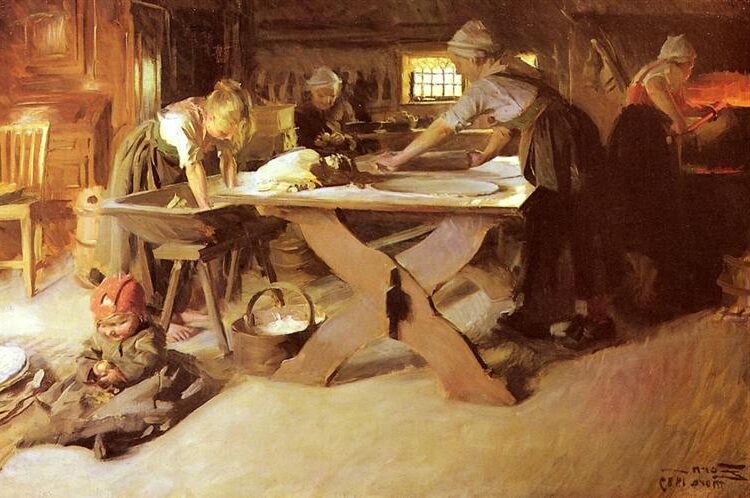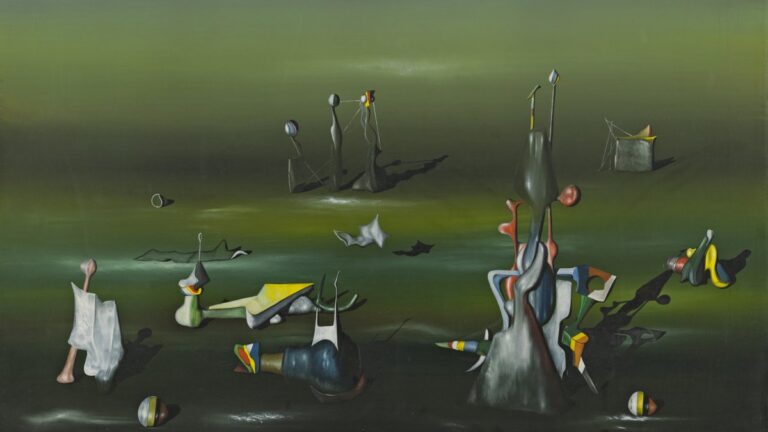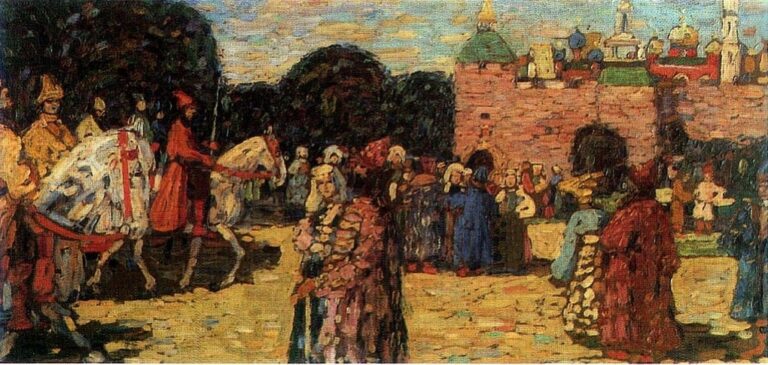Marie Laurencin Painter: Pioneering Cubist and Portraitist of Early 20th Century Paris
Born: 31 October 1883, Paris, France
Death: 8 June 1956, Paris, France
Art Movement: Cubism
Nationality: French
Influenced By: Pablo Picasso and Georges Braque
Institution: Académie Humbert
Marie Laurencin Painter: Pioneering Cubist and Portraitist of Early 20th Century Paris
Life and Career of Marie Laurencin
Marie Laurencin was a French painter who made her mark on the Parisian art scene in the early 20th century. She developed a unique style that blended feminine themes with modern art movements.
Early Years and Education
Marie Laurencin was born in Paris on October 31, 1883. She grew up with her mother in the city.

Les jeunes filles” (Young Girls) by Marie Laurencin
At 18, Laurencin studied porcelain painting in Sèvres. She then went back to Paris to continue her art education.
Laurencin enrolled at the Académie Humbert, where she switched to oil painting. This move shaped her future career.
At the academy, she met Georges Braque, who would become a key figure in Cubism.
Relationships and Influences
In 1907, Laurencin met Pablo Picasso, who took an interest in her work. Picasso introduced her to the Parisian avant-garde scene. This group included artists like Robert Delaunay, Jean Metzinger, and Francis Picabia.
Laurencin had a six-year relationship with the writer Guillaume Apollinaire. She also had connections with Gertrude Stein and other notable figures. These relationships helped her career grow.
She took part in exhibitions with the Section d’Or group and showed her work at the Salon des Indépendants. Her art stood out for its focus on women and feminine themes.
Exile During the First World War
When World War I broke out in 1914, Laurencin left France. She moved to Spain with her husband, Baron Otto von Waëtjen, a German painter. They lived there in exile until the war ended.

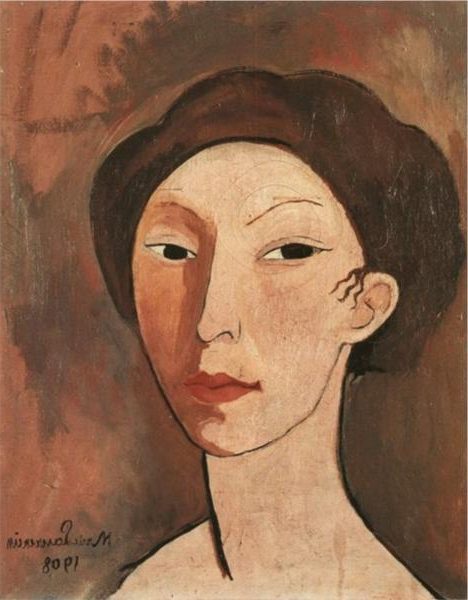
This time away from Paris changed Laurencin’s art. She developed her signature style of soft, pastel-colored portraits of women. Her work became less tied to the avant-garde movements of Paris.
Later Life and Death
After the war, Laurencin returned to Paris. She divorced her husband in 1920 and focused on her art career.
She painted portraits, designed stage sets, and made book illustrations.
During the economic depression of the 1930s, Laurencin found success in Japan. She had a big show in Tokyo in 1927. Later, a museum dedicated to her work opened in Nagano Prefecture.
Laurencin kept working until her death in Paris on June 8, 1956. Her art is now in major museums around the world. She left behind a unique legacy that mixed modern art with feminine themes.
Artistic Style and Impact
Marie Laurencin crafted a unique artistic voice that blended feminine aesthetics with avant-garde influences. Her work left a lasting mark on modern art through its distinctive style and cultural connections.
Development of a Signature Aesthetic
Laurencin’s art is known for its soft, dreamy quality. She used pastel colors, especially pinks and grays, to create gentle atmospheres.
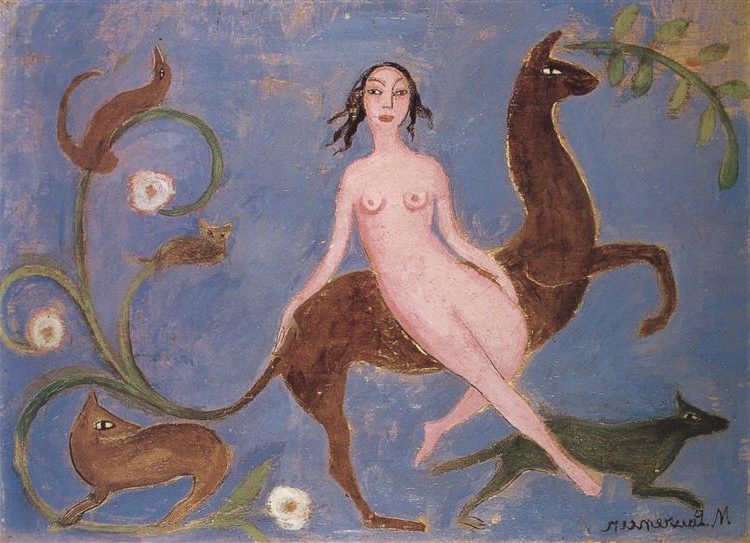
Diane Hunting (1908) by Marie Laurencin
Her paintings often showed graceful, curvy shapes and delicate lines.
Women were a main focus in Laurencin’s work. She painted many portraits of elegant female figures with large, almond-shaped eyes. These portraits had a light, airy feel that set them apart from other artists of her time.
Animals like deer and doves often appeared in her paintings too. These added to the gentle mood of her art. Laurencin’s style mixed traditional feminine themes with modern art ideas in a fresh way.
Contributions to Cubism and Avant-Garde
Laurencin was part of the Cubist movement in Paris. She showed her work at the Salon d’Automne, an important modern art event.
Her approach to Cubism was softer than many male artists.
She kept some Cubist ideas like flattened forms and abstract backgrounds. But Laurencin didn’t use the sharp angles common in other Cubist art. Her work stood out for its rounded shapes and fluid lines.
Laurencin helped expand what Cubism could be. She proved that the style could include feminine themes and softer visuals. This made her one of the key female Cubist painters of her era.
Cultural and Artistic Relationships
Laurencin was friends with many important artists and writers. She spent time with Pablo Picasso, Georges Braque, and Guillaume Apollinaire. These connections helped shape her art and career.
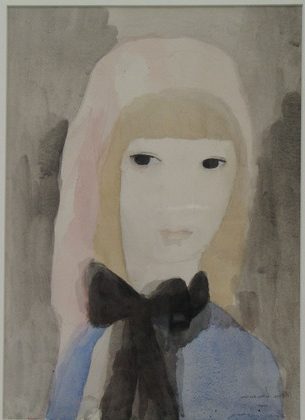

She was close to Sonia Delaunay, another female artist pushing boundaries in modern art. Laurencin also knew Natalie Clifford Barney, a famous American writer living in Paris.
Her art caught the eye of fashion designer Coco Chanel. Laurencin created portraits for Chanel and worked on theatrical designs. This mix of fine art and design was typical of her wide-ranging talents.
Laurencin’s personal life and art were linked to Paris’s artistic circles. She was part of a group of artists and writers who supported each other’s work. Her connections in the “Sapphic Paris” scene influenced her art’s themes and style.
Legacy and Recognition
Marie Laurencin left a lasting mark on modern art. Her unique style and themes continue to captivate art lovers today.
Major Exhibitions and Collections
Laurencin’s work gained wide recognition during her lifetime. The Museum of Modern Art in New York held a solo show of her paintings in 1930. After her death, interest in her art grew even more.
The Tate Gallery in London and the Hermitage Museum in Russia both have Laurencin pieces in their collections. In Japan, there are two museums dedicated to her work. The Marie Laurencin Museum in Tokyo houses 600 of her artworks.
Many of Laurencin’s paintings feature her signature themes of femininity and grace. Her “Spanish Dancers” and Alice in Wonderland-inspired works are among her most famous.
Influence on Later Generations
Laurencin’s soft color palette and focus on the female form inspired other artists. Painters like Franciska Clausen drew from her style.

La Toilette des jeunes filles (Die Jungen Damen), 1911 by Marie Laurencin
Art historians see links between Laurencin’s work and later abstract art.
In the 1970s, feminist art experts sparked new interest in Laurencin’s career. They studied how she succeeded as a woman in the male-dominated art world of her time.
Laurencin’s financial success was rare for a female artist of her era. Her partnership with art dealer Paul Rosenberg helped her reach a wide market. Today, her paintings sell for high prices at auctions.
Frequently Asked Questions
Marie Laurencin’s art career spanned decades and left a lasting impact. Her unique style and experiences shaped her work in important ways.
What is the average price range for Marie Laurencin’s paintings?
Marie Laurencin’s paintings often sell for $50,000 to $500,000 at auction. Smaller works and prints tend to be on the lower end of that range. Her most famous pieces can fetch over $1 million in some cases.
Where can one purchase authentic Marie Laurencin prints?
Art galleries and auction houses are good places to find authentic Marie Laurencin prints. Some reputable online art marketplaces also offer her work. Buyers should ask for a certificate of authenticity when purchasing prints.
How did Cubism influence Marie Laurencin’s artwork?
Cubism played a role in Laurencin’s early career. She was part of the Section d’Or group of Cubist artists. Her style became softer over time, but kept some Cubist elements like flattened forms and simplified shapes.
What techniques did Marie Laurencin employ in her watercolors?
Laurencin used light washes of color in her watercolors. She often left parts of the paper blank to create a dreamy effect. Her brushwork was loose and fluid, giving her figures a soft, ethereal quality.
Can you provide a brief overview of Marie Laurencin’s biography?
Marie Laurencin was born in Paris in 1883. She studied art and became part of the avant-garde scene. Laurencin gained fame for her portraits and scenes of women. She lived in Spain during World War I before returning to Paris.
Why did Marie Laurencin face exile during her career?
Laurencin went into exile in Spain during World War I. Her German husband’s nationality caused this. The move changed her art style and subject matter. She returned to Paris after the war ended in 1918.



